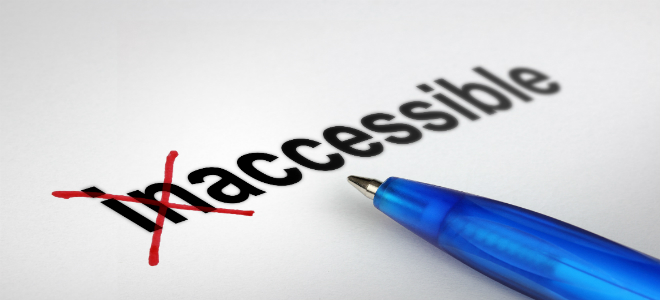So it’s the end of 2013, and sadly, the phrase “click here” continues to be used in text links all around the web. This is poor usability, accessibility, and sure makes the author look silly!
Reasoning
- “Click” places focus on mouse mechanics (and many people don’t use a mouse).
- “Click here” hides the target of the link; it’s not a good call-to-action.
- Poor for visually scanning the page.
- Users must make the extra effort to read before or after “Click here” to determine to where the link goes. (Don’t make me think!)
- “Click here” has no context for when a list of links is provided to the user by the user agent.
Examples
To correct the problem, don’t use phrases like “click here” but use meaningful phrases which make sense out of context.
Before: I like the beaches here, here, and here.
After: I like the beaches in Maui, Sarasota, and Saugatuck.
Before: Click here to see if your bill is ready yet.
After: To see if your bill is ready, check the foo app.
Do you have any other examples?
Supporting articles
- Why Your Links Should Never Say “Click Here” (Smashing Magazine)
- I Don’t Want to Read More or Click Here (Karen Mardahl)
- Don’t say ‘click here’ on link text (goodusability.co.uk)
- Links and Hypertext (WebAIM)
- Click Here and Other Link Text (Jim Thatcher)
Notes
- In addition to “click here”, the same can be said for “read more” and other similar link phrases.
- Except for tool tips available to mouse users, the title attribute adds no value (touch devices, keyboard users, most screen reader users).

